Wlasiuk found guilty; plans appeal
NORWICH – For the second time in his life, Peter M. Wlasiuk heard a jury of his peers declare him guilty of murdering his wife in 2002 and staging an accident at Guilford Lake to cover it up.
The jury reached its decision at 11:13 a.m. Friday, after more than five hours of deliberations.
“I am glad the jury was able to see past the defendant’s attempt to scheme his way through our justice system,” said District Attorney Joseph McBride. “I’m glad justice was served on behalf of victim and her family. Hopefully they can now move forward with their lives and enjoy some peace.”
McBride thanked Staff Attorney Christopher Belling of the New York Prosecutors’ Training Institute who specializes in New York State case law and capital crimes aided for aiding in the conviction.
“It was an emotional experience for me personally – for us at the DA’s office, the police, the staff, the friends and family,” added McBride.
Wlasiuk, 39, was convicted of second degree murder for the April 2002 death of his wife, Patricia. Prosecutors contend Wlasiuk killed his wife at their Oxford home and later staged a truck accident at Guilford Lake, in which he claimed she drowned.
Six years ago, another Chenango County jury also convicted Wlasiuk of second degree murder, but the New York State Appellate Division overturned that verdict on Aug. 31, 2006.

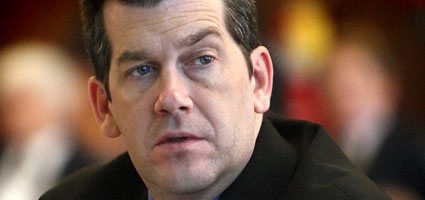

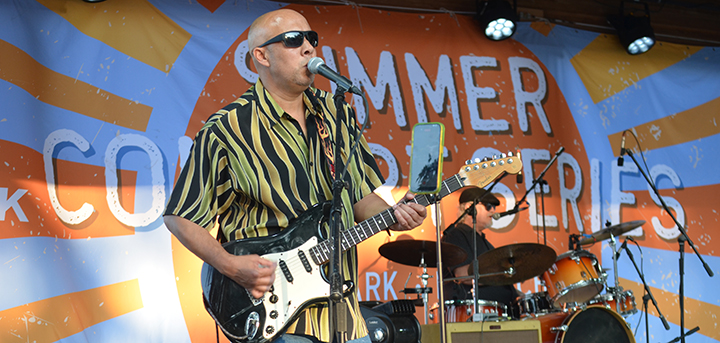

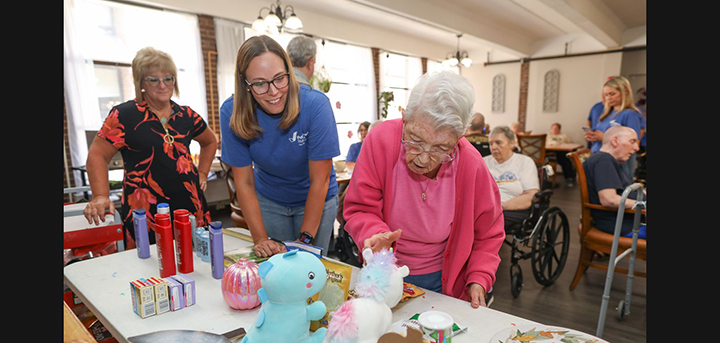
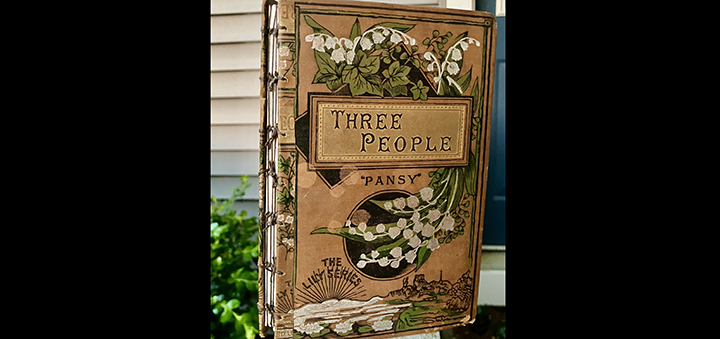
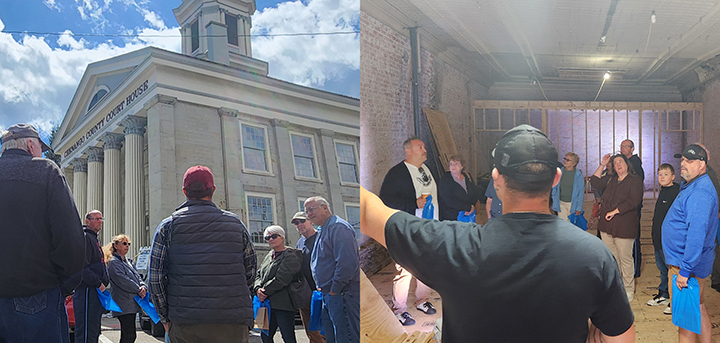
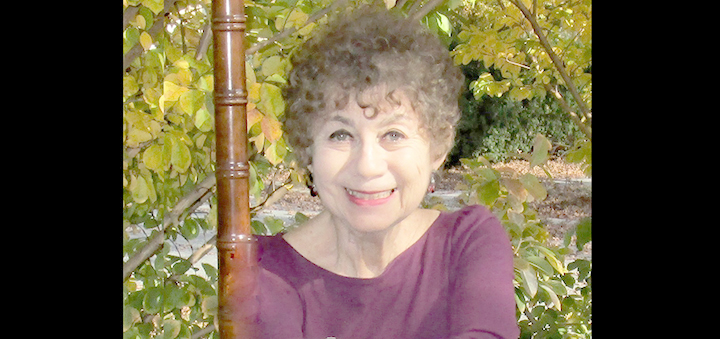



Comments